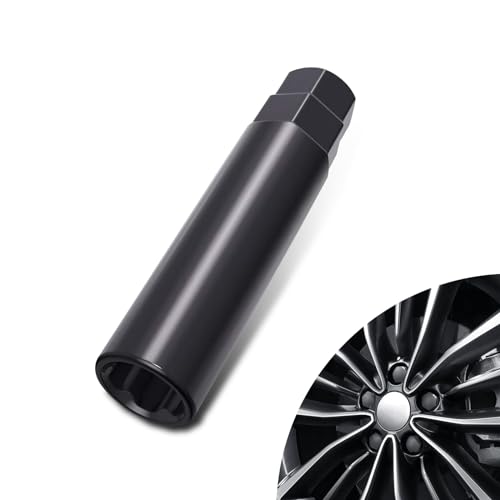I'm seriously thinking about taking the plunge, but had a few questions that perhaps those of you who already bought/own one of these things can answer.
1. Is the 120V inverter built into the car or is it part of the 120V power cord?
2. Where is the inverter for the 240 system? Assume it's part of the charging station, but how does it bypass the 120V inverter if that inverter is built into the car?
3. Is it necessary to buy the 2LT model to access DC charging? I understand that this isn't quite available yet. Could anyone explain how this will work and what's required to use it?
4. I understand the $7,500 federal tax credit, but am not so clear on the California subsidy. Is it a $2,500 California tax credit or something different? I've read something about getting a check from the CARB? Could someone please explain the California piece?
thanks in advance for your help,
Dan
1. Is the 120V inverter built into the car or is it part of the 120V power cord?
2. Where is the inverter for the 240 system? Assume it's part of the charging station, but how does it bypass the 120V inverter if that inverter is built into the car?
3. Is it necessary to buy the 2LT model to access DC charging? I understand that this isn't quite available yet. Could anyone explain how this will work and what's required to use it?
4. I understand the $7,500 federal tax credit, but am not so clear on the California subsidy. Is it a $2,500 California tax credit or something different? I've read something about getting a check from the CARB? Could someone please explain the California piece?
thanks in advance for your help,
Dan

























